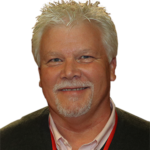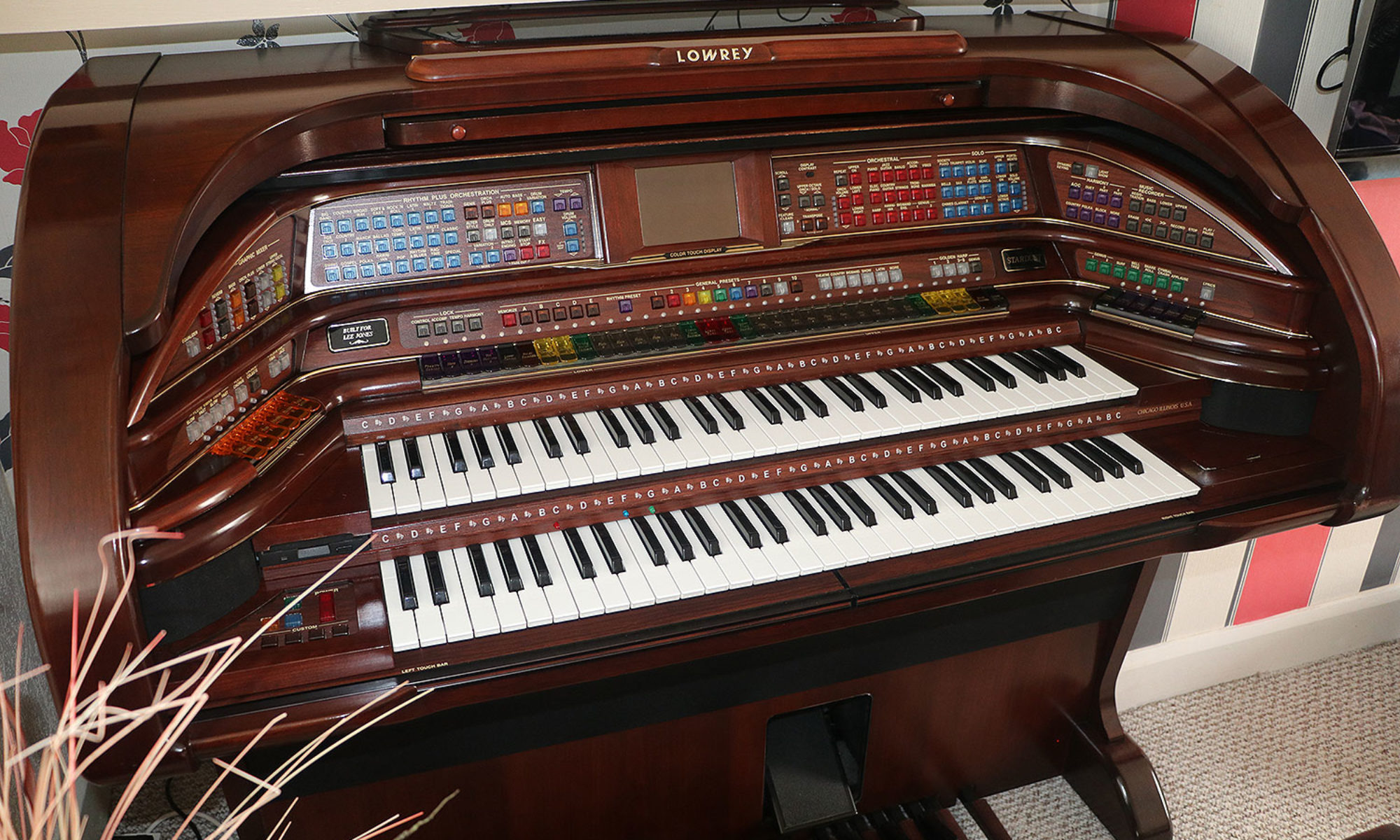PART 2 – How I learnt to play
 No Skills Required
No Skills Required
With this website and by using myself as a guinea pig, it will hopefully help and encourage other potential new buyers and players of Electronic Organs who have little or no knowledge or experience. You may have noted i said Electronic Organs and not specifically a Lowrey Organ, as this method of learning to play can be used on any brand of organ and not just my choice a Lowrey Stardust
I wanted to find easy methods of learning to play, methods that would not require you to read music, having to constantly learn how to play scales, what chords to play and using the correct pedals as well. And by doing all this, i can then pass this information on to others so you too could do the same and learn to play without the help from a music teacher. At the time of writing this i can only play one tune, so am i qualified ?
Am I qualified
While i don’t want to undermine or take anything away from all the good music teachers out there, who have successfully taught many pupils to read and play from music notation, the world wide methods adopted and way’s of playing, not only an organ but any keyboard are really now quite outdated.
But the methods I now adopt are totally different and playing very quickly can be achieved by anyone, guaranteed.
So Yes I am 100% qualified – simply because I am just like anyone else learning to play, perhaps just like you starting out for the first time without any experience or knowledge of learning to play. In fact you will make the best progress, simply because like myself you haven’t’ been guided in any given direction yet . . . . or dare i say, even wrongly advised to do things a certain way or the methodology that goes behind the learning process and sometimes have no relevance in learning to play an organ in today’s modern world.
When I started out 6 months ago I could not read a single note of music, or know how to select the right keys to play a chord, set up the organs registrations and create a balanced sound when mixing all the voices from the thousands available to me.
Yet this was something I was going to attempt by myself, and after many months of experimenting and simply spending time learning how to find my way around the Lowrey Stardust (it must have taken 3 months at least), I was now finding myself at the stage of actually wanting and eagerly contemplating playing something for the first time.
Zero Knowledge
With absolutely zero knowledge and skills at reading music, together with very minimal playing experience, I finally made the right connections via the audio out, and cobbled together my first Audio Recording playing this instrument, But the methods used may surprise you ?
Playing the Organ – The Book Courses
Learning to play was not something I found to be easy, and soon realised it was going to be a long haul and not a quick fix, Just to put together something that sounded reasonable.
While I had learnt to play “Fly me to the moon” (melody only) when I was fifteen, I now was learning some very simple and basic tunes from some excellent Learning to play Organ course books such as the “Lowrey Magic Organ Course” and The “Complete Organ Player Books” by Kenneth Baker.
Jerry Hill, A good Friend, member and article contributor on this website from USA, has recently told me of how he learnt to play, he now never follows music notation, and the method he used to learn to play has been published for many years, yet i had not heard of it before, and it is called the “pointer system for the organ” and jerry’s descriptive article can be found here.
I find these publications to be excellent value especially if you look on eBay for already used items that usually are in excellent condition and reduced greatly in price.
Getting Bored playing
I soon found myself getting a little bored, learning to play songs i didn’t particularly like that much, but the course books require you to learn their song choices in the sequence as laid out. Using these books was tedious, and it was not becoming enjoyable any more, . . I wanted . . . NO I needed to play something I liked and would listen to, and hopefully be able to play it well enough to enjoy as well !
While I realised I would eventually need to learn how to read music well enough to start playing, I also realised that all I really needed to do is remember how to put together a sequence of notes that I could play without having to constantly refer to the music notation. Then Learn the chords and finally add an orchestrated accompaniment.
This is something I wanted to do from the onset, or more importantly reading music was something I didn’t want to do and spend a lot of time to learn.
At my age, learning to read music good enough to play fluently and at the stage of my life (60 years Old) was not going to be my overall main objective, and to be quite frank, I don’t think I would have the time to learn.
Can you tell the difference ?
By that i mean, can you tell the difference between someone who is playing the organ while reading music, to someone who play’s by ear only ? . . . I think I can, and you probably can too !
If you watch or listen to anyone playing the organ while reading from music, at some stage they all seem to lose concentration momentarily, they drift slightly out of time with the automated rhythm/backing, there are pauses when they try to catch up with what they are playing, these simple tell tale signs that are so obvious to me that the player is following a written music notation.
Now please don’t get me wrong, there are some excellent musicians out there who have been playing for many years, and can play faultlessly while reading music, but for the majority or average player it is so noticeable.
The advantage of having the ability to read music, is that you should be able to open any page and just play, but even when some players play from music, it’s played without any feeling and passion or imagination and that simply does not work for me !
In part 3, I talk about the method I first used to learn and play my first tune on the Lowrey Stardust
To be continued . . . . . . Part 3
